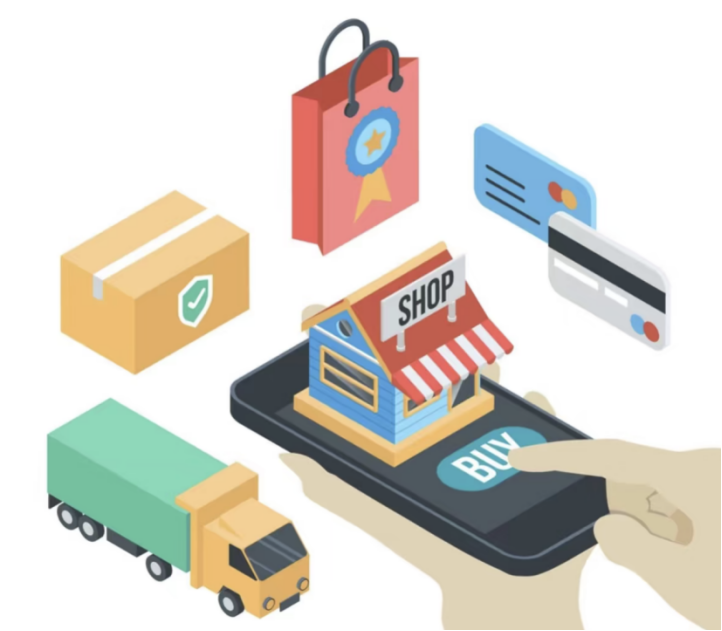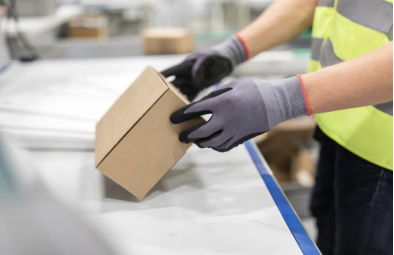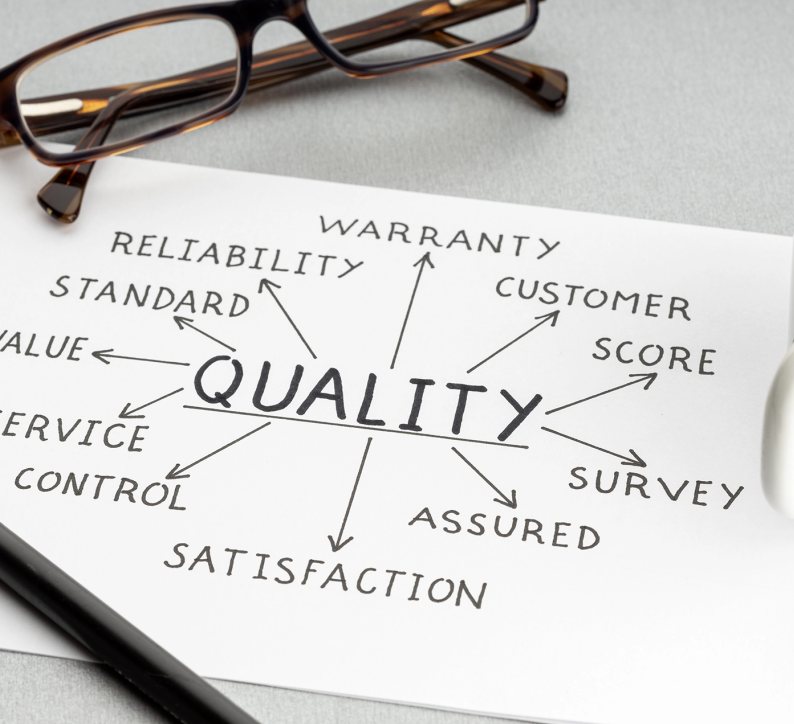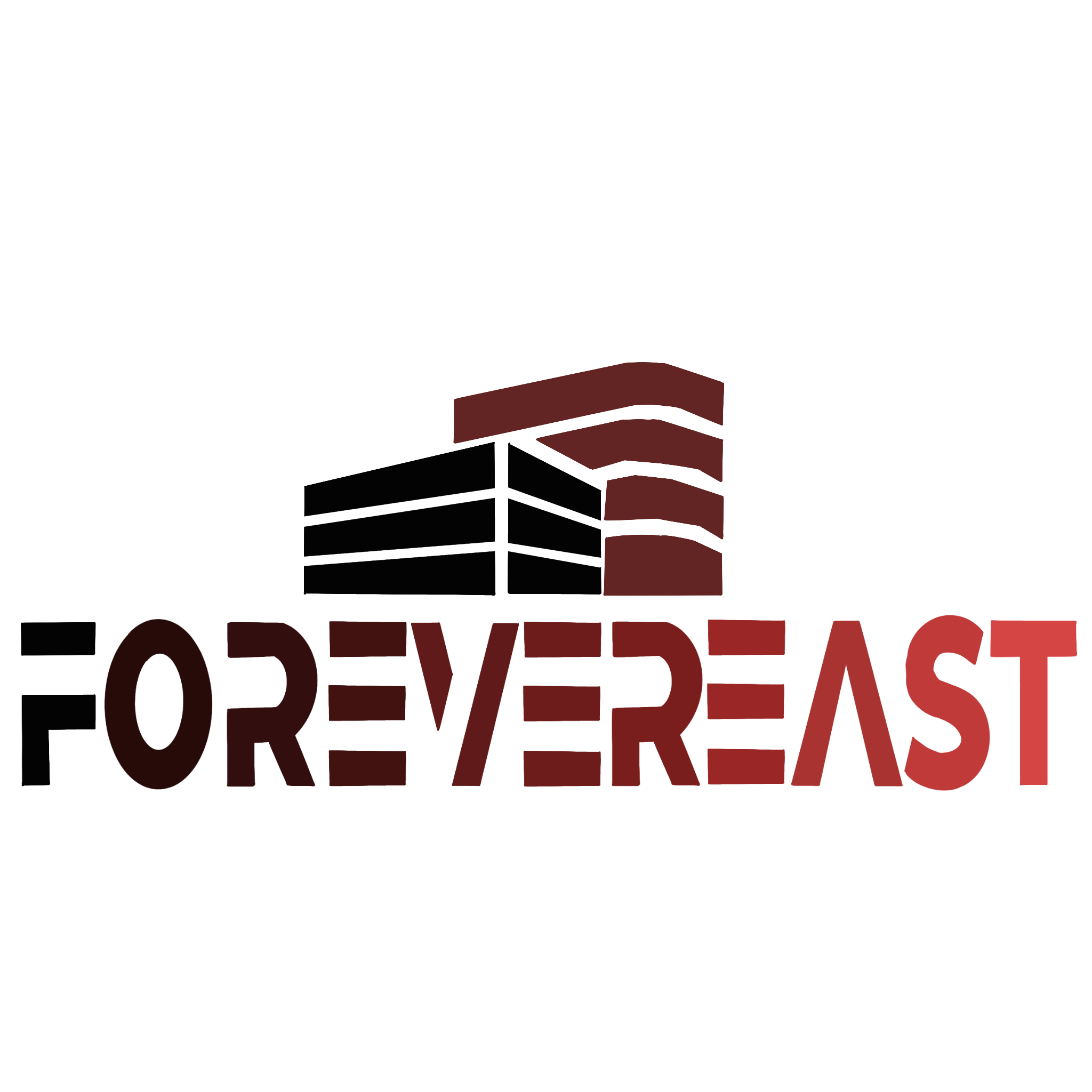How to Source Products from China | Step-By-Step Tutorial
China remains the world’s manufacturing and export hub, offering cost-effective solutions for e-commerce sellers, traders, and procurement managers. However, sourcing from China can be complex for beginners. This guide provides a complete step-by-step process to help you source products efficiently and safely.

Step 1: Define Your Sourcing Needs
Before starting, clarify the following:✅ Product Specifications: Size, material, function, certifications (e.g., CE, FDA)
✅ Order Quantity: Small trial order (MOQ) or bulk purchase?
✅ Target Price: Budget range and cost structure
✅ Shipping Method: Air (fast but expensive) or sea freight (slow but cheap)
✅ Supplier Type: Factory (lower cost) vs. trading company (better service)

Step 2: Find Reliable Suppliers
1. Search on B2B Platforms
l Alibaba.com: The largest global B2B platform for factories and wholesalers
l 1688.com (Alibaba’s domestic site): Lower prices but requires a local agent
l Global Sources: Focuses on electronics and gifts
l Made-in-China.com: Ideal for industrial machinery and raw materials
Tips for Screening Suppliers:
✔ Check business history, certifications (e.g., ISO 9001)
✔ Prioritize "Gold Suppliers" or "Verified Suppliers"
✔ Read customer reviews and contact past buyer
2. Attend Trade Shows (Offline Factory Visits)
l Canton Fair: The world’s largest trade fair, covering all categories
l ECF Fair: Focuses on consumer goods and light industry
l Industry-specific exhibitions (e.g., electronics, building materials)
Advantages: Direct factory visits, face-to-face negotiations, and sample collection
3. Hire a Sourcing Agent
If you’re unfamiliar with the Chinese market, consider a professional sourcing agent to:
l Inspect factories, negotiate, conduct QC, and arrange logistics
l Reduce risks, especially for small and medium buyers
Step 3: Evaluate and Shortlist Suppliers

After contacting multiple suppliers, conduct strict screening:
1. Request Quotes and Samples
-Ask for a detailed quotation (including FOB price, MOQ, payment terms)
-Get samples first to verify quality
2. Factory Audit (Online/Offline)
-On-site audit: Inspect production lines and quality control
-Virtual audit: Video call or hire a third-party inspector (e.g., SGS)
3. Verify Credentials
-Business license (check via Tianyancha/Qichacha)
-Export experience: Do they have a track record?
-Customer references: Can they provide past client examples?
Step 4: Negotiate & Sign the Contract

1. Price Negotiation Tips
l Bulk discounts: Commit to long-term cooperation for lower MOQ
l Compare multiple quotes: Leverage competition for better pricing
l Flexible payment terms: E.g., 30% deposit + 70% upon shipment
2. Sign a Formal Purchase Agreement
Key contract clauses:
✔ Product specifications, quality standards (attach photos/samples)
✔ Delivery timeline, inspection terms
✔ Payment method (T/T, L/C, Alipay, etc.)
✔ Penalty clauses (for delays or quality issues)
Recommendation: Have a lawyer review the contract to avoid disputes
Step 5: Quality Control & Inspection

1. Mid-Production Check (IPC)
Inspect 30%-50% of production to catch deviations early2. Final Random Inspection (FRI)
Self-inspection: Send QC staff to the factory
Third-party inspection (e.g., SGS, BV, Intertek)
Key Checks:
✔ Does the product match the sample?
✔ Is packaging intact?
✔ Random sampling (AQL standards)
Step 6: Arrange Logistics & Customs Clearance
1. Choose a Shipping Method

2. Select a Freight Forwarder
-Compare quotes (FCL vs. LCL shipping)
-Confirm customs clearance support3. Prepare Import Documents
-Commercial invoice, packing list, bill of lading (B/L)
-Product certifications (e.g., FDA, CE)
-Calculate tariffs (varies by country)
Step 7: After-Sales & Long-Term Optimization
✅ Build long-term relationships: Repeat orders secure better prices
✅ Gather customer feedback: Improve product design
✅ Consider "China + Southeast Asia" dual sourcing: Diversify risks
Sourcing from China can significantly reduce costs, but it requires careful supplier selection, strict QC, and optimized logistics. Follow these 7 steps to streamline your procurement and avoid pitfalls.
 How should handle quality issues with China-sourced products?
How should handle quality issues with China-sourced products?
 Why is China sourcing still irreplaceable in 2025?
Why is China sourcing still irreplaceable in 2025?
 Smart Manufacturing for the Future, Renewing Life: The 29th China International Kitchen & Bath Expo Leads the New Industry Wave
Smart Manufacturing for the Future, Renewing Life: The 29th China International Kitchen & Bath Expo Leads the New Industry Wave
 What are the common challenges in China sourcing, and how can they be overcome?
What are the common challenges in China sourcing, and how can they be overcome?
